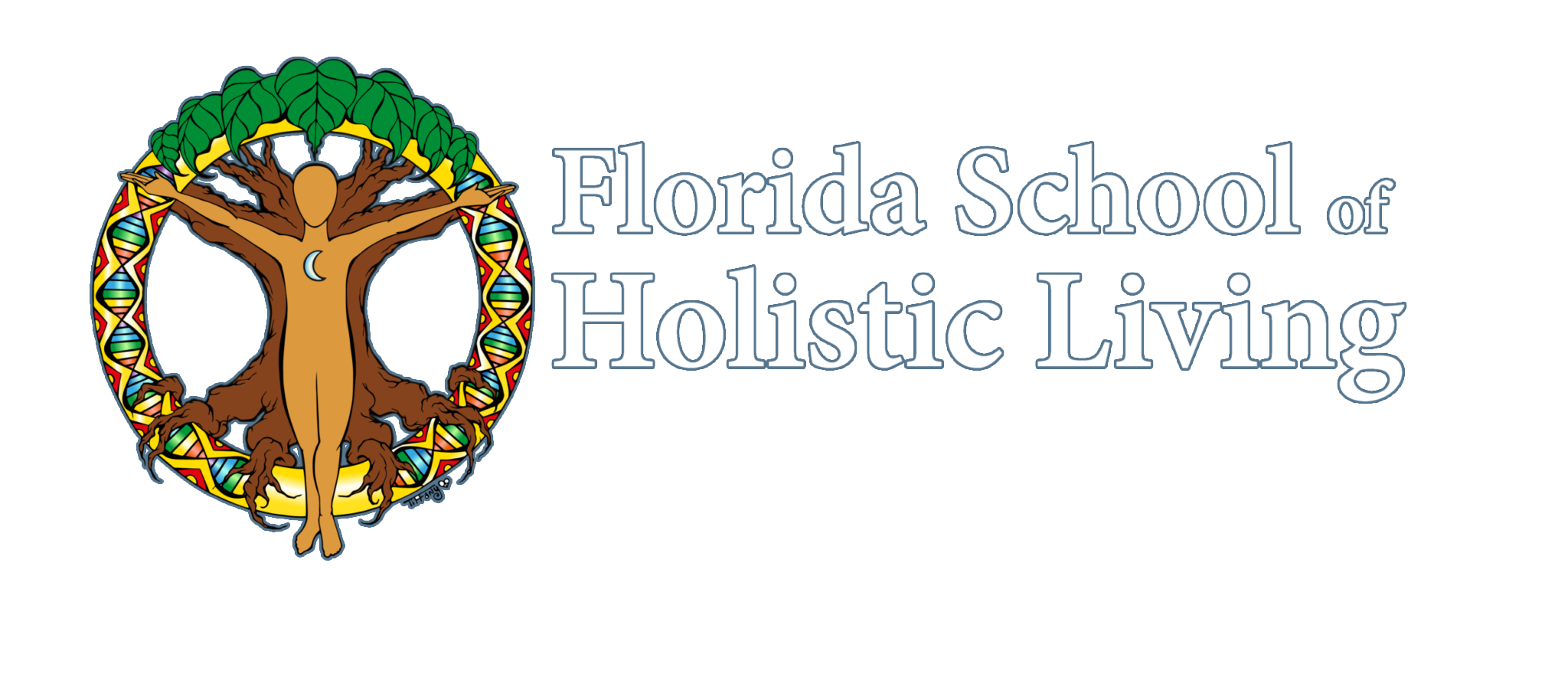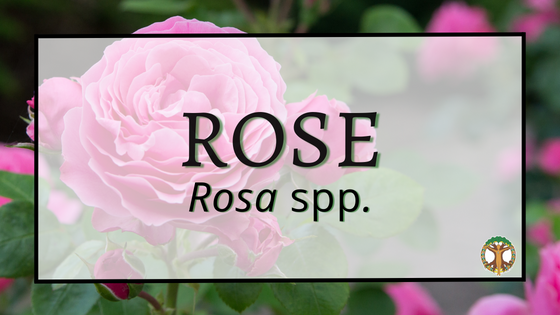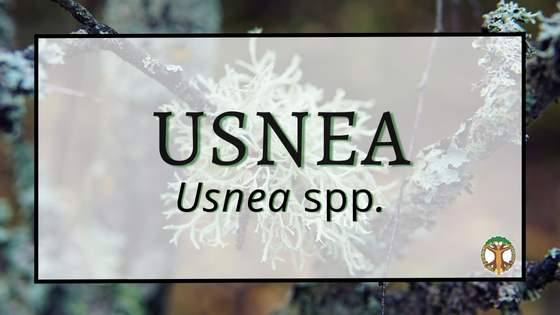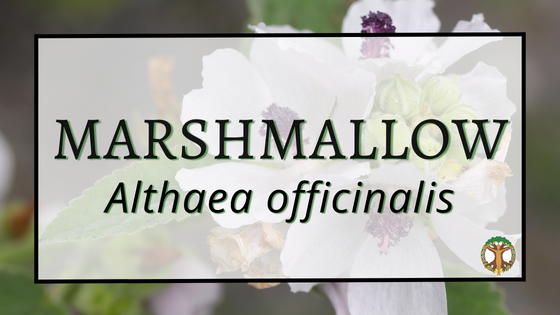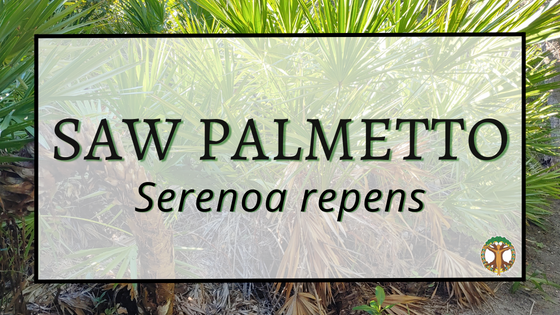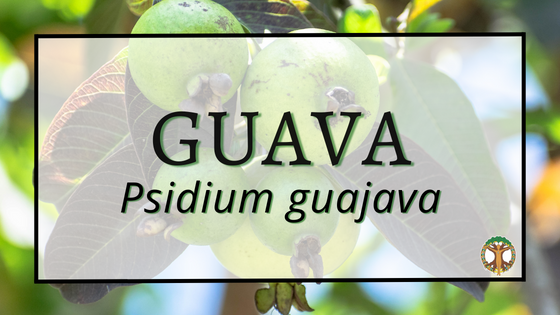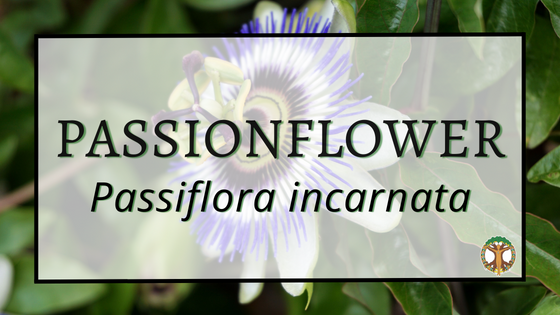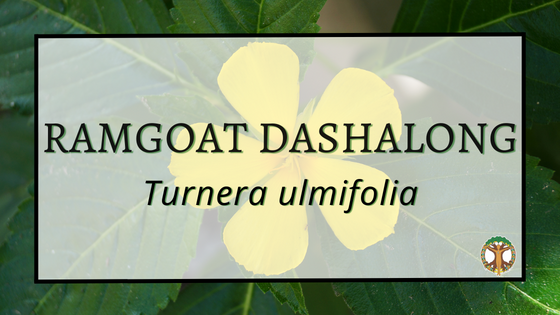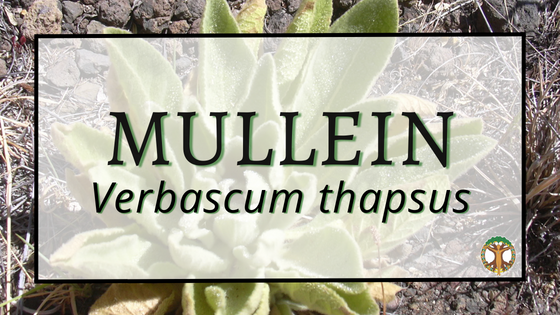-
Rose
Several different species can be used, like R. damascena, R. canina, R. rugosa, R. virginiana, R. multiflora, R. gallica, R. centifolia, R. palustris, R. spinosissima, and a few others. It’s important to note that not all garden variety roses can be used, so be sure to verify your rose species before adding them to your herbal collection.
-
Usnea
Usnea's nickname, "lungs of the forest," comes from its sponge-like action to absorb airborne particulates. However, this means that it's susceptible to over-pollution. In fact, it's believed that when lichens like Usnea disappear, it's a warning that the air quality in the area is harmful.
-
Marshmallow
Historically, marshmallow has been used in a syrup and tea to treat upper respiratory irritation, cough, and sore throat.
-
Saw Palmetto
The Florida School of Holistic Living's plant of the month for September 2022. Latin name: Serenoa repens, Uses: Berries!
-
Guava
The guava fruit has a rich history with the indigenous people of the South American rainforest and may have been domesticated in Peru several thousand years ago.
-
Spilanthes
The Florida School of Holistic Living's plant of the month for July 2022.
-
Passionflower
This perennial herbaceous climbing vine is native to Central Florida and the southeast United States—found growing mostly from Texas to Florida. It grows easily by cutting and is happy in sandy Florida soil, sunshine, and rain.
-
Ramgoat Dashalong
Latin Name: Turnera ulmifolia Common Name: Yellow Alder, Yellow Elder, Ramgoat Dashalong, West Indian Holly, Sage Rose Family: Passifloraceae Habitat: T. ulmifolia is a small woody shrub native to Mexico, Central America, and the Caribbean basin that can also be found in many tropical parts of the world. It grows in partial sun/shade. However, the plant will branch more and stay fuller when in full sun. Open woods and disturbed areas, such as roadsides and abandoned fields, are some of T. ulmifolia’s favorite places to grow.
-
Reclaiming the Practice of Self Care
At Florida School of Holistic Living, self care is a foundational component to our core curriculum. The core curriculum is indeed an elaborate herbalist training, but we have to care for ourselves if we’re going to be caring for others. As herbalists, we know it requires an immense amount of energy to hold space for others in need of healing. It’s uplifting to see the conversation of self care appear in the media. Publications like NPR and Girlboss are posting articles about self care which tells us large audiences are ready to receive the information (at least according to their market research). Slowly but surely, our society is becoming more…
-
Mullein
Mullein (Verbascum thapsus) is a prolific plant of European origin that grows abundantly in disturbed soils, roadsides, and meadows throughout most of the temperate United States. This biennial plant is most easily identified by its soft, fuzzy rosette of leaves - big furry leaves which are jokingly called "nature's toilet paper."
